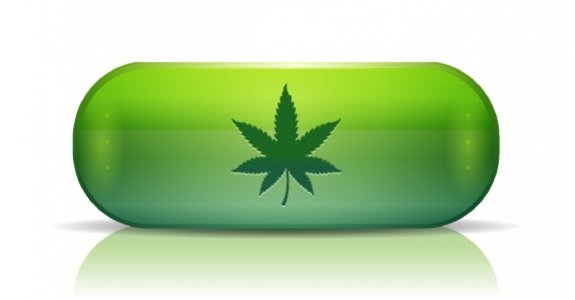
Cannabis is a multi-combination drug of over 80 molecules
An MIT-Trained Systems Biologist Disagrees With the Massive PR Campaign to Get Pot to Everyone.
By DR. V.A. SHIVA AYYADURAI | August 8, 2016
Legalization of cannabis has been a hot social issue for at least thirty years and recently it’s picked up speed. Medical marijuana is now legal in twenty-four states. The drug is also legal for recreational purposes in Alaska, Colorado, Oregon, Washington, and the District of Columbia.
Wait, did I say “drug”? Why didn’t I say “grass” or “weed” or at the very least “herb”?
Well, cannabis is no longer just an herb. The original plant had eighty different molecules, but it’s been bred – biologically engineered – so that specific molecules exist at very high levels. Cannabis is now a highly potent drug.
That’s a very significant transition. You can grow oregano in your back yard, but if you breed that plant so that a key organic ingredient is multiplied twenty times, it will burn up your stomach when you eat it. You can still call it oregano, but now it’s something fundamentally different from what it used to be.
Further along the same line, cannabis is now being fractionally distilled into high-potency oil. That mean the drug can be delivered much more rapidly than ever before. This can catch people by surprise, and the surprise is not always pleasant. It’s sometimes pointed out that no one has ever died from cannabis, but that doesn’t mean you can’t think you’re dying.
Different people can react differently to a high-potency drug. It’s easy to freak out when your heart starts racing and you’re scared of going into cardiac arrest.
Much more research is needed on the physiological and psychological aspects of high-potency cannabis. The human body includes an endocannabinoid system of receptors throughout the brain and the central and peripheral nervous systems. This engages with a wide variety of processes — from the experience of pain to the experience of thinking you’re the wise guru on top of the mountain.
Zealots argue that, since our cells have cannabinoid receptors, we should be taking cannabinoids, the active ingredients in cannabis. I hope the logical fallacy in that is obvious. The fact that our bodies can receive protein is not in itself the reason why we should eat protein. Nor does the fact that we can jump off a tall building mean that we should do it.
In India there are two categories of yogis. One type is very disciplined, with a practice of breathing awareness, mantras, and maintaining stillness. Sitting in stillness takes effort. Those people do not use cannabis.

In fact, any kind of external chemical stimulation would be redundant. A disciplined meditation practice can generate cannabinoids internally, as can other physical and mental activities.
There’s also a second category of yogi that does pot all day. Those people simply become delusional. They think they’re achieving enlightenment – they really believe that – but meanwhile they’re sitting in a mud hole. One of the biggest problems of cannabis, in my opinion, is its power to stimulate this infantile narcissism, as if there weren’t enough of that around already.

Bottom line: I hate to sound like a scold but – as with GMOs — cannabis is a drug that’s many times stronger than ever before, and there is currently no consistent safety assessment for this drug. Instead, there is a bunch of people who — like the tobacco barons of old – see an opportunity to make a pile of money. It might even be better than tobacco, because a million spaced out deadheads aren’t likely to cause any trouble for their suppliers.
As the saying goes, “It’s all good.”
There is evidence that cannabis has medical benefits. Great, let’s investigate that. Meanwhile, let’s not put it out there for whoever wants like some divine gift to humanity.
The bottom line is this. From a systems biology standpoint, cannabis is a multi-combination drug. As such, we need to understand how it dynamically works in our bodies.
Starting in 2003, I developed at MIT a new technology called CytoSolve, which allows us to model mathematically using the computer the complexity of molecular reactions. Using CytoSolve, we are now modelling the endocannaboid system. Our pioneering working is revealing that not all Cannabis is the same at the molecular level and can have massively different effects.
It is new technologies such as CytoSolve that can help us to understand what is really going on. Until we get better understanding, we need to move cautiously — especially when a few are going to make billions from this new drug.
You May Also Be Interested In







